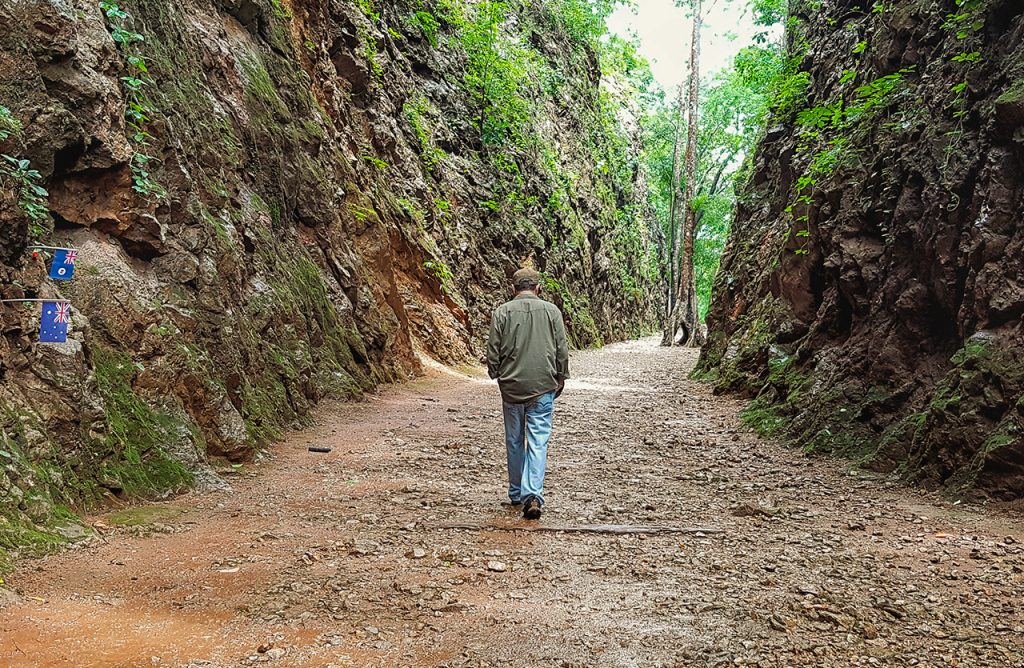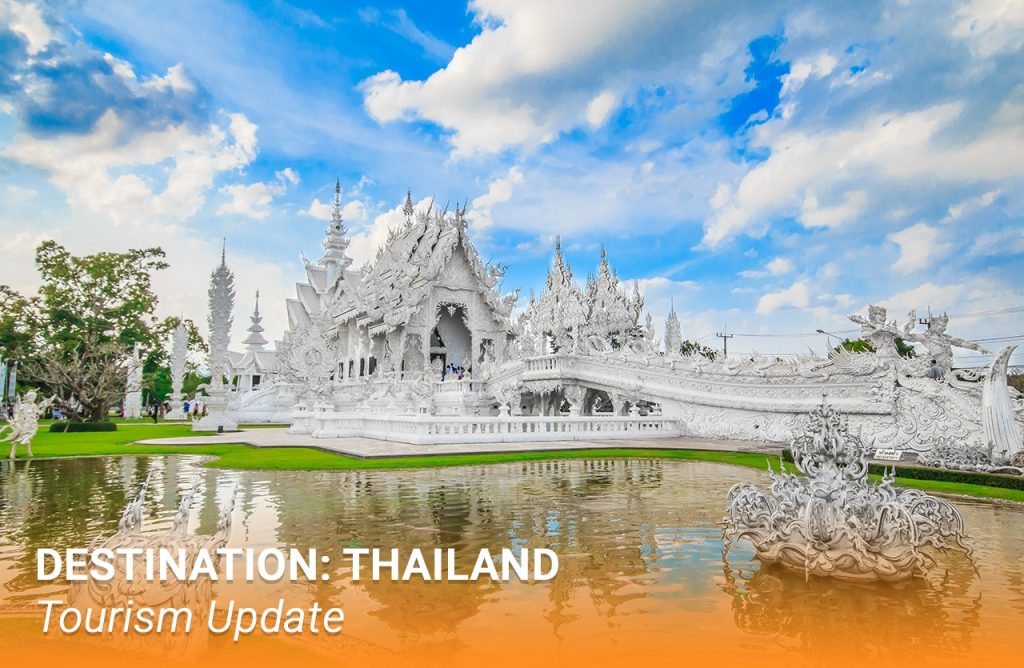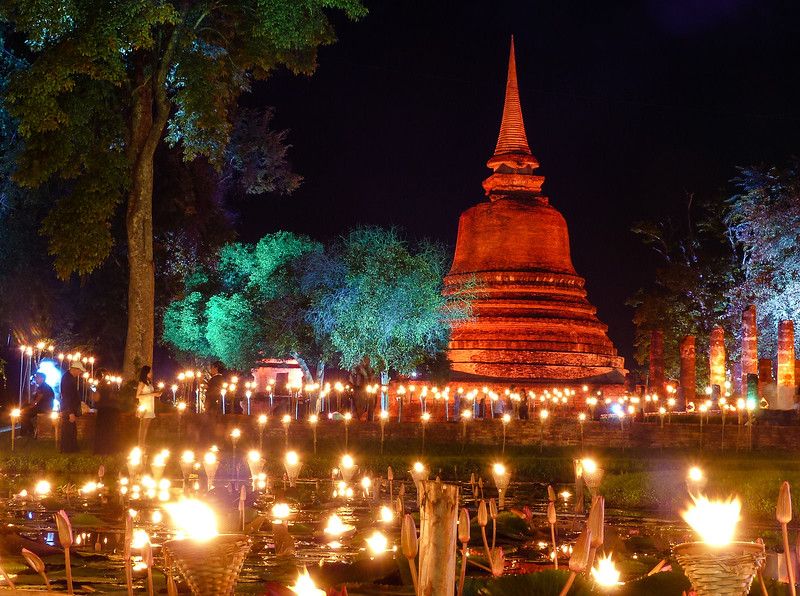
The famous Hellfire Pass (or Chong Khao Khad) in Thailand’s Kanchanaburi region has reopened to the public, following an extended period of closure due to Covid-19 restrictions. The historic site, which includes a railway cutting built by Allied prisoners of war in Japanese captivity during World War Two, is a popular and moving destination for international tourists.
A statement from the Hellfire Pass Interpretive Centre shared with Panorama Destination on 24th September confirms the site is now back open for business: “[following] closure due to Covid-19, we are pleased to confirm the centre will reopen again from Friday, 25th September 2020 onwards.” The centre is now operating daily from 09.00 – 16.00 hrs.
An assembly of government officials paid a visit to the Centre earlier this month, where they assessed preparations for the site’s reopening. It was officially reopened following inspection and approvals from high-ranking government officials. Piyapat Wongdoiwang, who is director of the Kanchanaburi office at the Tourism Authority of Thailand (TAT), was present during the visit, along with members of the provincial public health office, public relations office, tour companies, the 11th Mobile Development Unit of the Armed Forces Development Command and other agencies.
One of Kanchanaburi’s most iconic landmarks, the historic ‘Death Railway’ has been closed to the public since March, when it was shuttered as a precaution against the spread of Covid-19. Now, with the pandemic firmly under control in Thailand, the government is satisfied that the site can safely reopen and welcome back tourists. In order to do so, a range of safety protocols and procedures have been put in place.
Thailand’s Public Health Ministry’s has confirmed that temperature screening checks will be in place for all visitors, who will also be required to wear face masks and observe social distancing measures. Hand sanitising gel will be provided for all who visit the site, and numbers will be limited to just 35 tourists in each visit. A special app has been set up for checking in and out of the destination, so health officials can easily track numbers of arrivals and control the flow of tourists. With fewer crowds, visitors will be more able to experience and appreciate this poignant monument to a dark chapter in world history.
The Death Railway stretches 415 kilometres (258 miles) between Ban Pong, Thailand, and Thanbyuzayat, Burma. It was built between 1940 and 1944 using forced labour, in an attempt to connect Thailand with Burma, thereby creating a supply line along which the Japanese army could extend its influence in Southeast Asia during the Second World War. The railway was famed for its harsh conditions. It features a tunnel known as the Hellfire Pass that has been cut, largely by hand, from a rocky mountain. Between 180,000 and 250,000 Allied PoWs were subjected to forced labour during its construction, causing the deaths of an estimated 16,000 men. A cemetery in Kanchanaburi is the last resting place for many of them. The location, and the story the Death Railway represents, was the subject of the 1957 film Bridge Over the River Kwai.





